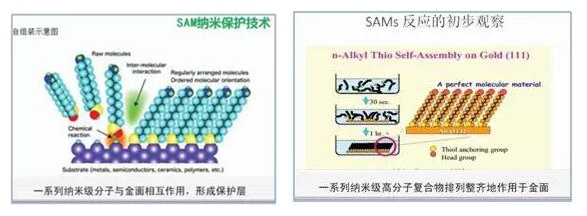FPC salt spray test process and process
Author: FPCissuing time:2018-08-13 12:01:54Pageviews:2160【smallinBig】
Salt spray test is a kind of environmental test which mainly uses the simulated salt spray environment conditions created by salt spray test equipment to test the corrosion resistance of products or metal materials.
Text labels:FPC
Salt spray test is a kind of environmental test which mainly uses the simulated salt spray environment conditions created by salt spray test equipment to test the corrosion resistance of products or metal materials.
Current industry standards:
FPC samples are sprayed continuously for 48 hours in a closed environment of 35 C with humidity > 85%, PH value in the range of 6.5 7.2 and 5% + 1% Nacl solution. Judgment criteria: 4 hours after test recovery, electrical performance test needs OK; hot-pressing zone can not have liquid intake, line corrosion and other phenomena

FPC Flexible Circuit Board (FLC) must be manufactured by adding a gold sealing process to pass the salt spray test at 24H or above. Gold sealing principle is to use chelating agent and surface film forming agent and other functional materials to clean the coating, passive active crystallization, the formation of protective film to slow down the corrosion of the coating by the external environment. The necessity of FPC flexible circuit board protection after electric nickel gold sealing:
1. the nickel plate with no hole protection can not pass the salt spray test for 48 hours.
Due to the limitation of technological level, the coating of nickel-gold plate inevitably has micro-pores, which leads to the bareness of nickel and the residue of impurities such as electroless plating solution in the micro-pores. In salt spray test, these micropores provide a place for microbattery corrosion. The more micropores, the more microbattery corrosion sites.
2. the nickel plate with no hole protection is worse when stored.
When FPC flexible circuit boards are welded, the gold coating and solder paste are rapidly eutectic, and the wet coating is spread on the nickel substrate. Tin and nickel react further to form tin nickel interface alloy layer (IMC), and the welding is finished. Because of the existence of coating pores, the nickel base coating can be easily oxidized. When the surface of nickel passivates to form oxide layer, the surface tension decreases rapidly, which is far less than the surface tension of the melted solder paste. At this time, the melted solder paste can not wet on the surface of nickel, that is to say, "tin repellent".
2018-08-13
2160People browsing
Back


